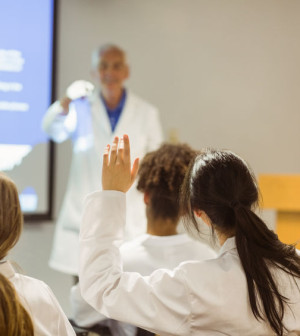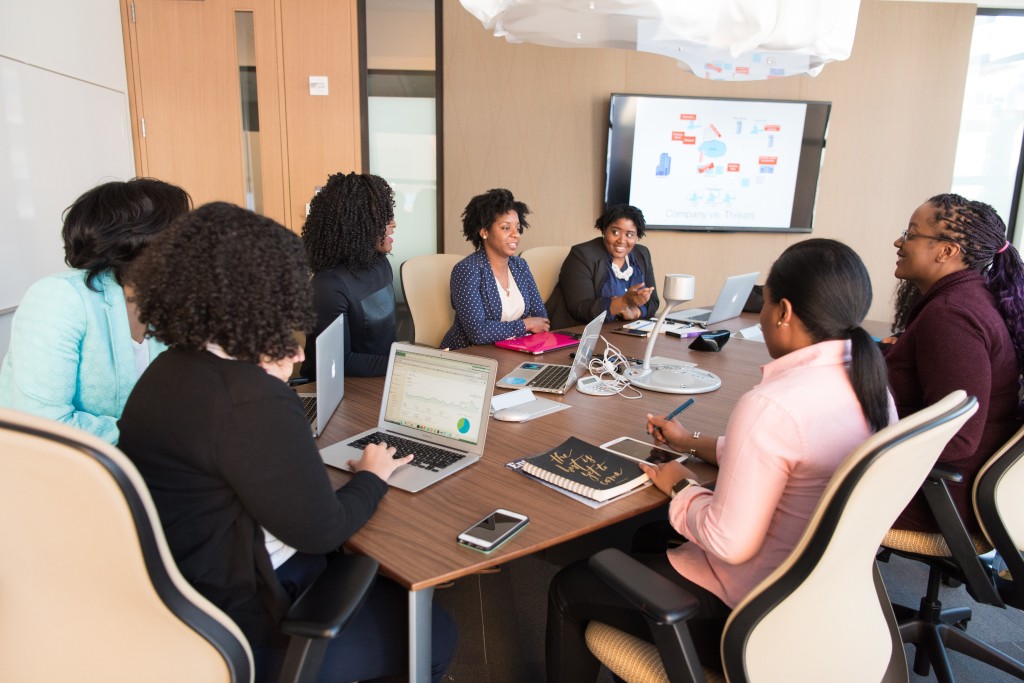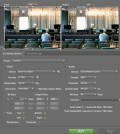Using Video for a Flipped Classroom Part One: Why Your Instructors Should Flip Their Classrooms

Over the last decade, flipped classrooms have gained popularity in classrooms of all levels –– from grade schools to universities. In a flipped classroom, students watch videos of lectures and other supplementary content, and come to class prepared to discuss and apply what they learned. This method is particularly useful in universities. Flipped classrooms allow students to stay engaged and more actively learn during class time, get more quality face time with their instructors and learn at their own pace, all with proven results.
“Flipped learning environments are effective because they promote active learning — known to be the most effective mode of instruction for student learning — both in and out of the classroom,” says Grand Valley State University professor Robert Talbert.
With more modern tools available to universities and accessible for students than ever, all college-level instructors should implement flipped classrooms to achieve better learning outcomes.
Why Switch to a Flipped Classroom?
Engaging and Interactive Lessons
Active participation holds student interest much more than sitting in silence and listening to an instructor’s lecture. When students are provided with background materials before coming to class, they’re armed with a baseline understanding of a topic and can better comprehend additional concepts and apply their learning during class time.
More Valuable Student-Instructor Interaction
Instead of just listening as they hear information for the first time, students can bring questions they thought of ahead of time. Instructors are present to answer their students’ prepared questions, ensure students are moving in the right direction and assess their understanding. This also allows students to make better connections with their instructors during class time, instead of additional office hour visits that may not fit in with their schedules.
Talbert says: “By encountering new material in their individual time and space, students learn how to teach themselves new things and form connections with simple concepts, and more time for active work is freed up in the class meeting. That class meeting now focuses on the most difficult tasks of learning where the students are most likely to succeed: In a context where the instructor and their classmates are all present to help and to learn together.”
Self-Paced Learning
Learning at one’s own pace is particularly important for students with visual and hearing impairments or other disabilities. A flipped classroom makes lecture and other content more accessible for learners with special needs, and provides the opportunity to clarify any content with instructors during class time.
Proven Results
Not only is a flipped classroom beneficial in theory, teachers have seen the positive results firsthand. In a Flipped Learning Network survey of 453 teachers, 67 percent reported higher test scores –– especially for students in advanced classes or students with special needs –– and 80 percent noted better student attitudes.
[bctt tweet="Teachers have noted positive student results in flipped classrooms. Learn more."]
Common Objections to Flipped Classrooms: Debunked
A Flipped Classroom Means More Work for the Instructor
Some believe that flipped classrooms are a burden for already busy instructors because they require more planning for class time in addition to preparing lectures. However, when instructors can use class time to interact with students and answer questions instead of just lecturing, their office hours won’t be as busy. And, they’ll be able to more effectively assess students during class periods, allowing them to use less of their own time grading.
According to the Flipped Learning network, in that same survey of teachers mentioned above, 99 percent of teachers who flipped their classes said they would do it again the next year. Clearly, instructors don’t view this method as a burden.
Some Students Won’t Watch Lectures Outside of Class, Others Won’t Attend Class
Another common objection to flipped classrooms is the belief that some students won’t actually watch lectures before coming to class or other videos necessary for background knowledge and will instead just rely on what’s discussed in the classroom. Others believe that students simply won’t attend class when the lecture and other videos are available online.
On the contrary, students will know that they need to watch the videos to understand what’s going on during classroom discussions, and instructors can assess students’ understanding during that class time. Also, instead of skipping class, students will actually look forward to more engaging classroom sessions where they can interact with one another and instructors for a more hands-on approach to content.
In the next blog in our two-part series on flipped classrooms, we’ll talk about how your university can implement the video tools necessary for flipping classrooms. In the meantime, contact Ensemble to request a free trial or schedule a demo of our platform.

Want to learn more about using Ensemble Video in your flipped classroom?
We deliver the most dynamic, secure and affordable education video solution to colleges and universities across the country. Download our Stetson University case study to learn more about what Ensemble Video can do for your school.














You must be logged in to post a comment Login